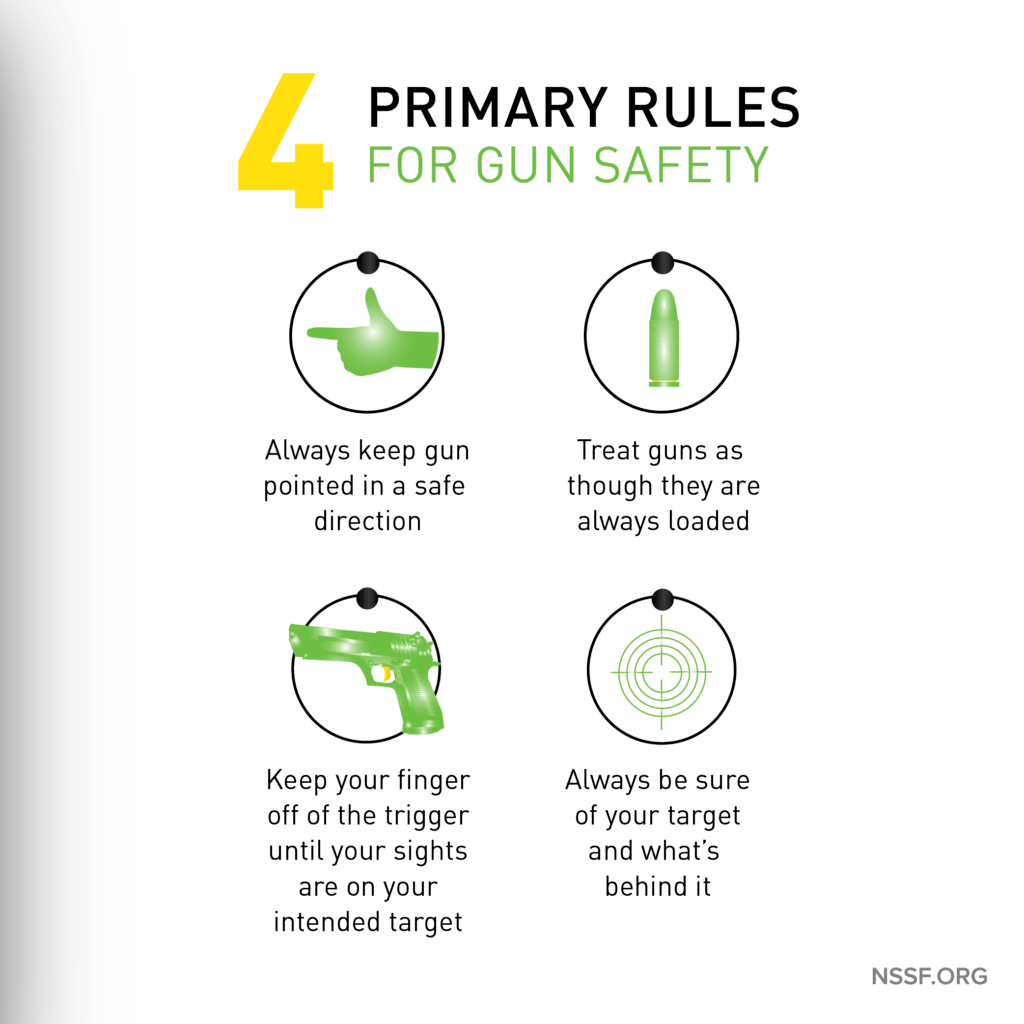Firearm Ownership 101
The first post in a series aimed at novice firearm owners
The goal of this series of posts is cover all of the important topics reflated to firearm ownership and use, going from the absolute basics to advanced concepts applicable to military, LEO and self defense situations.
Mastering pistol shooting is a challenging endeavor, demanding a strong understanding of fundamentals.
But before we even get to the actual firearms, we need to go over some ground rules.
The rules outlined in this post are crucial to handling firearms in a safe and responsible way.
Read this post, then read it again.
Then read it a third time and re-read it until you've memorized and internalized all of the concepts. Only then can you start thinking about owning a firearm.
This attitude toward firearm safety might seem over the top, but I stand behind it 100%.
Firearms, whether used for hunting, sport shooting, or personal defense, demand a high level of responsibility and understanding of safety protocols.
Mishandling firearms can lead to tragic accident, making following the rules of firearms safety an imperative.
Basic Firearms Rules
There a 4 basic firearms rules which are designed to minimize the risk of accidental discharges, injuries, and fatalities. They are taught by every respectable organization and school in the world.
The rules are:
Rule 1. Treat Every Firearm as if It Were Loaded
One of the fundamental rules of firearm safety is to always treat a firearm as if it is loaded, even if you believe it to be unloaded. This mindset encourages caution and prevents complacency, reducing the risk of accidental discharge.
In practice, this means that every single time you pick up a firearm, you check if it’s loaded.
Doesn’t matter if it was in your safe, and you are sure you placed it there unloaded
You pick up a gun, you check if it’s loaded.
Rule 2. Keep the Muzzle Pointed in a Safe Direction
The muzzle of a firearm should always be pointed in a safe direction, meaning a direction where a negligent discharge would not cause injury or damage.
This rule is crucial for preventing accidental shootings and should be followed at all times, whether you're on the range, hunting, or cleaning your firearm.
Rule 3. Keep Your Finger Off the Trigger Until Ready to Shoot
Your finger should rest outside the trigger guard and off the trigger until you are absolutely ready to fire.
This prevents unintentional firing, which can occur from sudden movements or disturbances.
In the past week (as of writing this, 2024-03-24), there has been some discussion about certain ex Tier 1 members advocating for CQB operations with the safety off and the finger on the trigger.
This is wrong.
Rule 4. Be Sure of Your Target and What is Beyond It
Before firing, always identify your target, ensure it is what you intend to shoot, and be aware of what is beyond it.
Bullets can travel great distances and penetrate through various materials, potentially causing harm beyond the intended target.
More Rules
Additional to the 4 basic rules of firearms safety, there are some other rules you should internalize before starting your journey of a firearm – owner.
Eyes and Ears protection
Shooting can cause irreparable damage to your eyesight and hearing.
As someone who occasionally suffers from tinnitus (a ringing in the ears that doesn’t go away), caused by repeated exposure to loud noises, I can promise you it’s not fun.
Before seriously going to the range, invest in a nice pair of active hearing protectors.
Additionally, shooting is basically causing mini controlled explosions. These explosions sometimes yeet particles or spent casings in the direction of your face (or your shooting partners face).
For this reason, invest in a good piece of eye protection.
Keep Your Firearms Secured
This depends on your local laws, but I advocate for buying a gun safe and keeping your guns and ammo secured at all time.
You do not want to live with the consequences of your spouse or child finding an unattended firearm and causing a negligent discharge.
If you live in an area where you feel unsafe in your home, keep the firearm on you or within eyesight at all times.
Never Use a Firearm Under the Influence
This is pretty straightforward.
Firearms and intoxicates are a recipe for a bad time. Be responsible.
Educate Yourself and Stay Informed
Being a responsible firearm owner means continually educating yourself on safe handling practices and staying informed about laws and regulations regarding firearm ownership and use in your area.
Know when it is legal to use your firearm and the legal ramifications of doing so.
Have a lawyer friend.
Conclusion
Adhering to these safety rules is essential for anyone handling firearms.
Safety is not just a personal responsibility but a communal one.
By practicing these guidelines, you can ensure a safer environment not just for yourself but for everyone around you.
Remember, the key to firearm safety lies in education, discipline, and respect for the power of the weapon in your hands.
Stay safe, stay informed, and always prioritize the well-being of yourself and those around you.


I’m coming to gun ownership later than I should have, but glad to have quality resources like this to help do it right. Looking forward to future posts